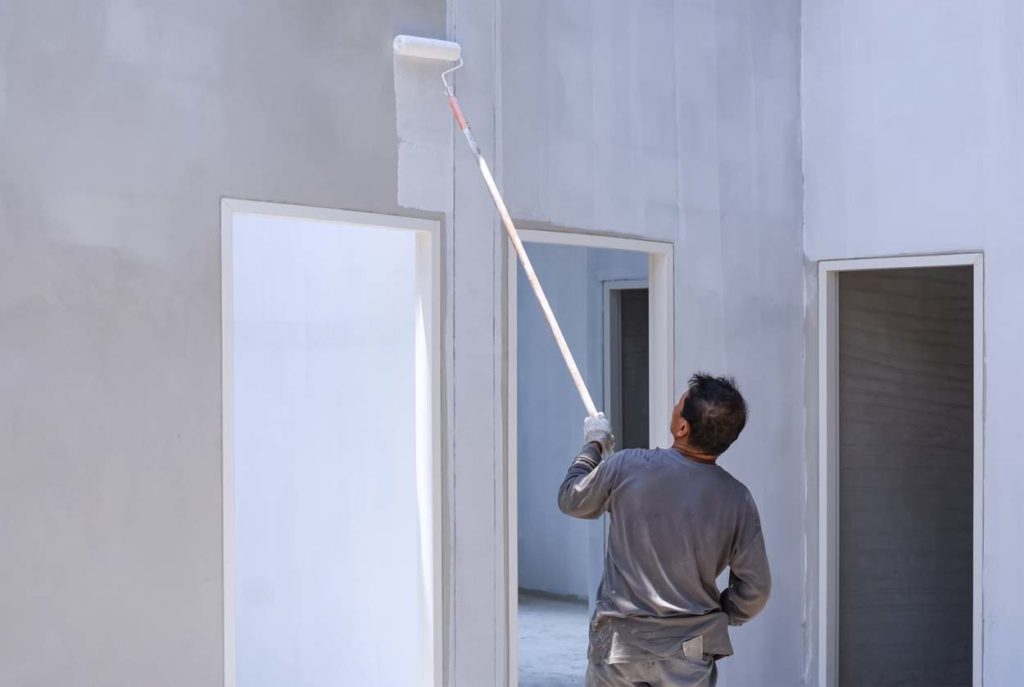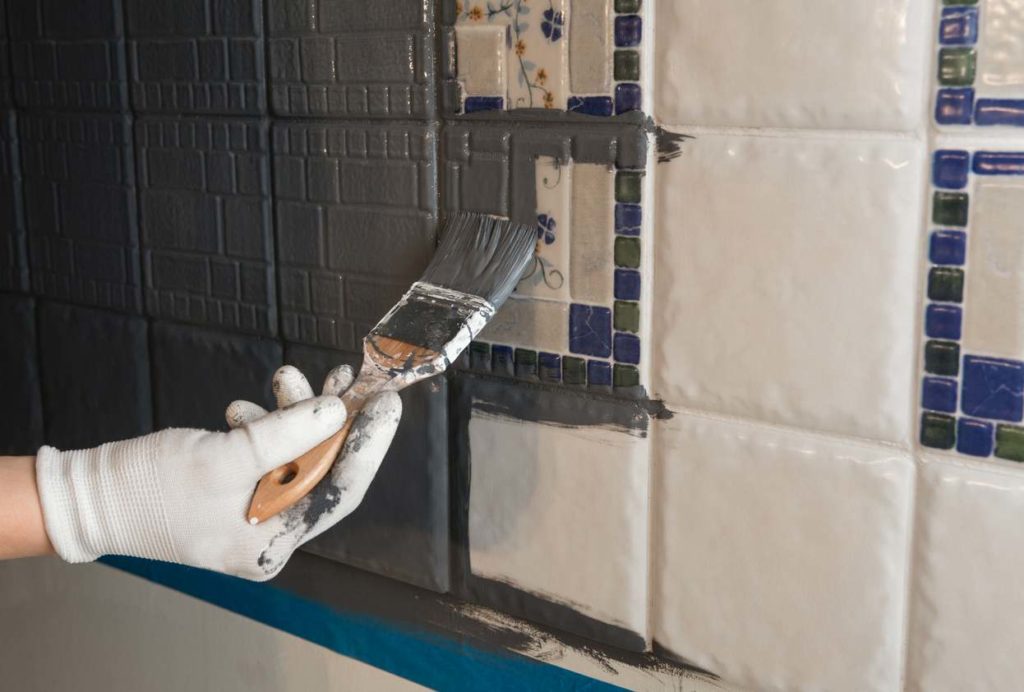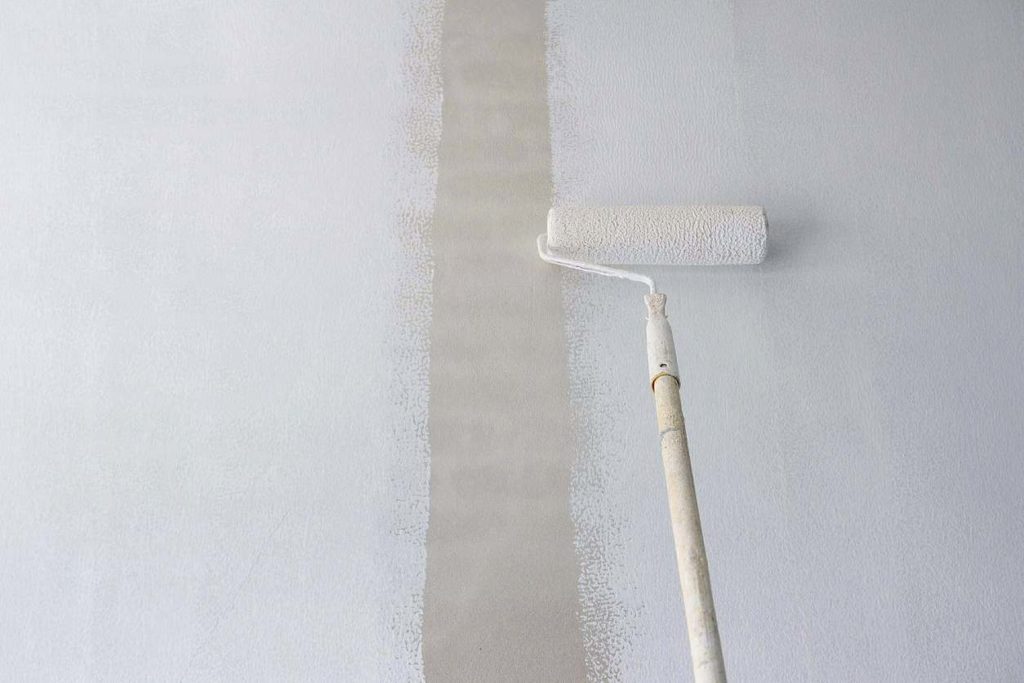If you’ve seen commercial painters in the Bay Area at work, they usually apply a white or gray coating to the surface before adding color paints. They’re applying primer, a preparatory coat applied onto the surface before applying the finishing paint.
The benefits of a primer
You may wonder, “Why do you need a primer when you can paint immediately?” While primer is not always required, it is essential for most paint projects. Even the most premium paints will have problems adhering to a surface that was not primed.
Here are some of the benefits of using a primer:
- It provides a sticky surface, ensuring better finishing paint adhesion.
- It hides stains and odors.
- It prevents the old paint from bleeding through.
- It gives the painted material a polished and professional look.
- It ensures durability for the painted material.
There is not one type of primer – instead, there is a handful of them, each formulated for different styles and conditions of surfaces. But this time, we’re discussing new and previously unpainted surfaces.
New surfaces, such as new drywall and masonry, are porous. It means they can soak up a lot of paint like a sponge, so you cannot apply paint directly to such surfaces. This is where you will need a primer.
The best primers for new drywall
- Latex primer – “Latex” and “water-based” have come to mean the same paints. They can also mean the same primers, although “latex” is a type of water-based primer in this case. Most drywall primers are water-based products. Latex primers have good coverage and are low in volatile organic compounds (VOCs), emitting fewer toxic fumes than their oil-based counterparts, making them safer for indoor applications.
- Polyvinyl acetate (PVA) primer – A PVA primer is specifically formulated for application on new, previously unpainted drywall. As another water-based primer, it seals the pores of drywall surfaces quickly and easily. It can also be sanded, so no worries if you need to fine-tune surfaces coated with this primer.
The best primer for new wood surfaces
All bare or unfinished wood surfaces should be primed before being painted. Like drywall, bare wood is porous and tends to absorb paint quickly.
Water-based primers, particularly latex, are the best for bare wood surfaces. They are flexible, fast-drying, and less brittle than their oil-based counterparts, making them less prone to yellowing, peeling, and cracking. Latex primers are excellent for softwood, such as pine.
The best primers for masonry
It would be best if you didn’t paint directly onto masonry because the surface simply isn’t ideal for paint application. The paint will not adhere properly, resulting in various surface problems before the paint eventually peels off.
Thus, masonry requires a primer to help the topcoat adhere properly and provide a fine and smooth finish.
- Masonry primer – A masonry primer is specifically formulated for preparing masonry surfaces for paint. It is ideal for both interior and exterior bare masonry surfaces, such as bricks and building stones (such as concrete, limestone, and adobe). It creates a barrier between the surface and the topcoat, preventing the topcoat from being absorbed and giving it a smooth and solid finish.
- Epoxy primer – An epoxy primer sticks to masonry surfaces well due to a chemical reaction, which occurs once you begin mixing the primer. Once the primer is applied to the surface, it can seep through the pores, creating a bond between it and the surface. Once the primer has dried and hardened, it will form a tough, durable, and ready-to-paint surface.
Both masonry and epoxy primers are oil-based (solvent-based) because oil-based primers work better for masonry than their water-based counterparts. Masonry and epoxy primers contain chemicals and other additives that help them bond well to masonry surfaces.
The best primers for new metal surfaces
Can you prime metal surfaces before painting? The answer is yes, you can! In fact, priming metal surfaces before painting is highly recommended. A primer will help paint stick to the metal surfaces better and prevent rust from bleeding through the new paint.
Water-based primers are not suitable for metal surfaces. Instead, look for primers that inhibit rust in specific metals like iron and steel.
- Iron oxide primer – New and untreated metals like wrought iron are subject to oxidation. Iron oxide primer inhibits rust, making it suitable for untreated metals that are exposed to moisture and prone to rust and corrosion.
- Etching primer – Etching primer is used on non-ferrous metals. These metals do not contain iron, such as aluminum, copper, lead, nickel, titanium, and zinc. It is also used on galvanized surfaces like iron or steel alloyed with zinc. Non-ferrous and galvanized metals are highly resistant to rust but are too slick for the paint to stick to. True to its name, the etching primer “etches” slick metal surfaces, providing them with the proper texture for the paint or coating to adhere to.
Important: remember to prepare the surface!
No matter what type of surface you’re dealing with, surface preparation prior to painting is vital to achieve a smooth, solid, and long-lasting finish. Adequate surface preparation is a crucial prerequisite for ensuring finishing paints and coatings’ quality, durability, and longevity. Preparing the surface usually consists of cleaning, fixing flaws, sanding, and priming – precisely in that order.
Even the most advanced paint and coating technologies will fail without surface preparation. That’s why painters in the Bay Area always recommend preparing and priming new surfaces because it leads to a clean and professional finish that will last for many years to come.




